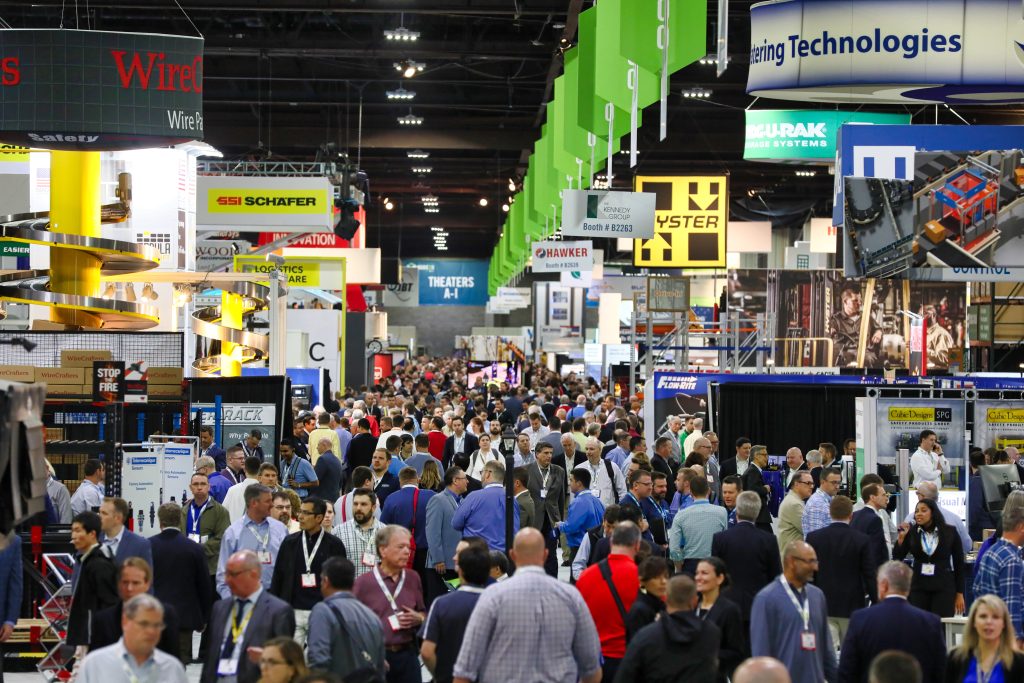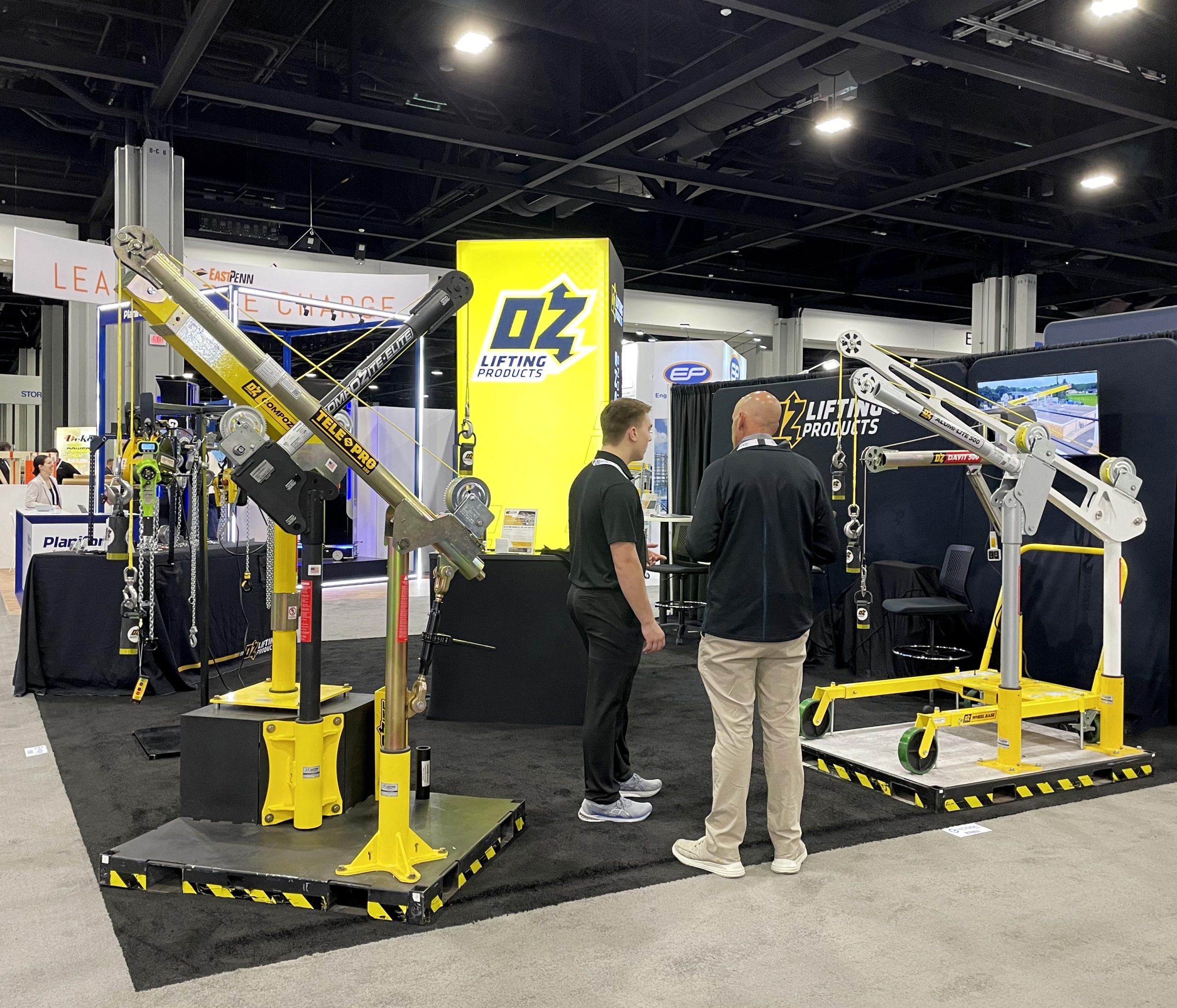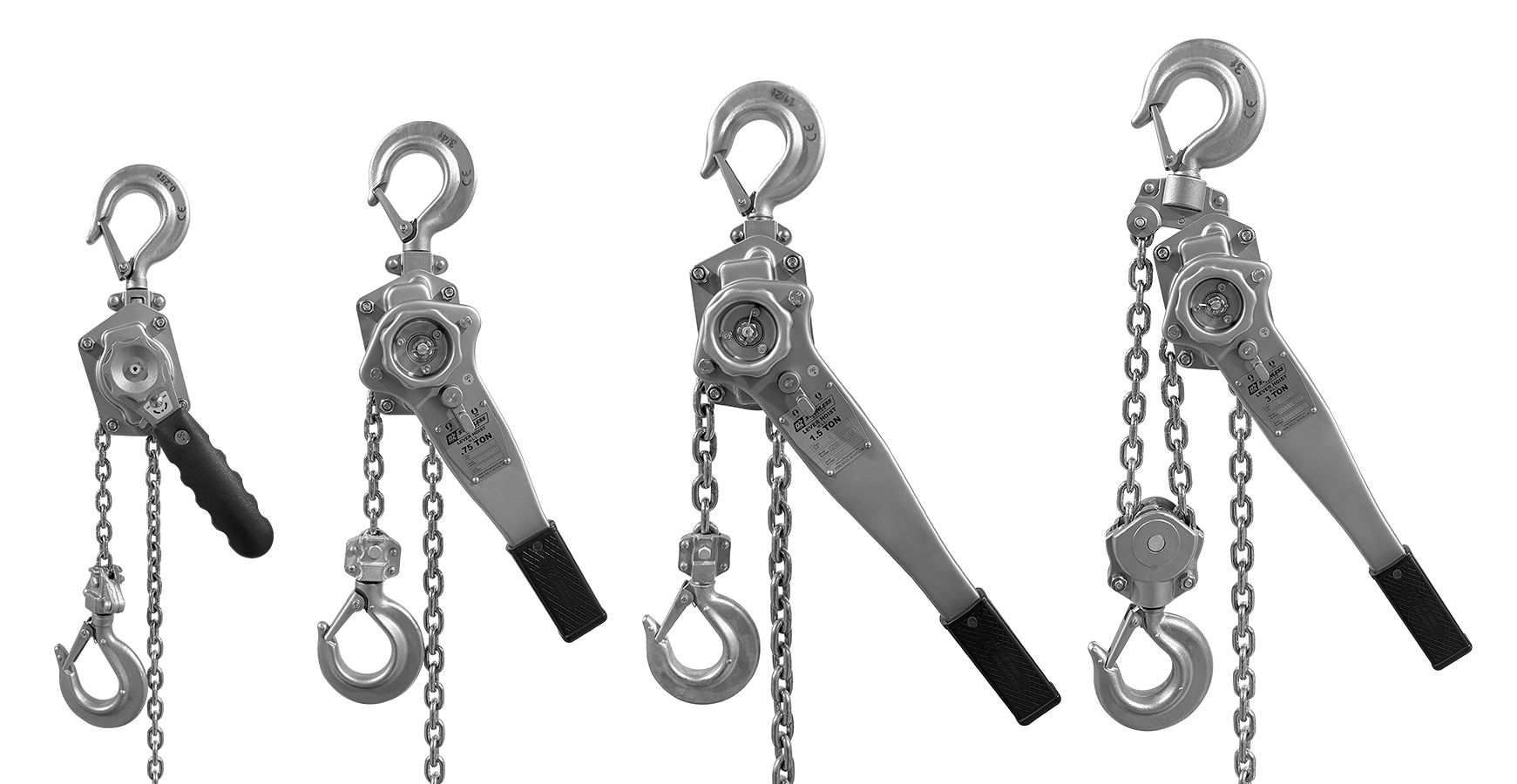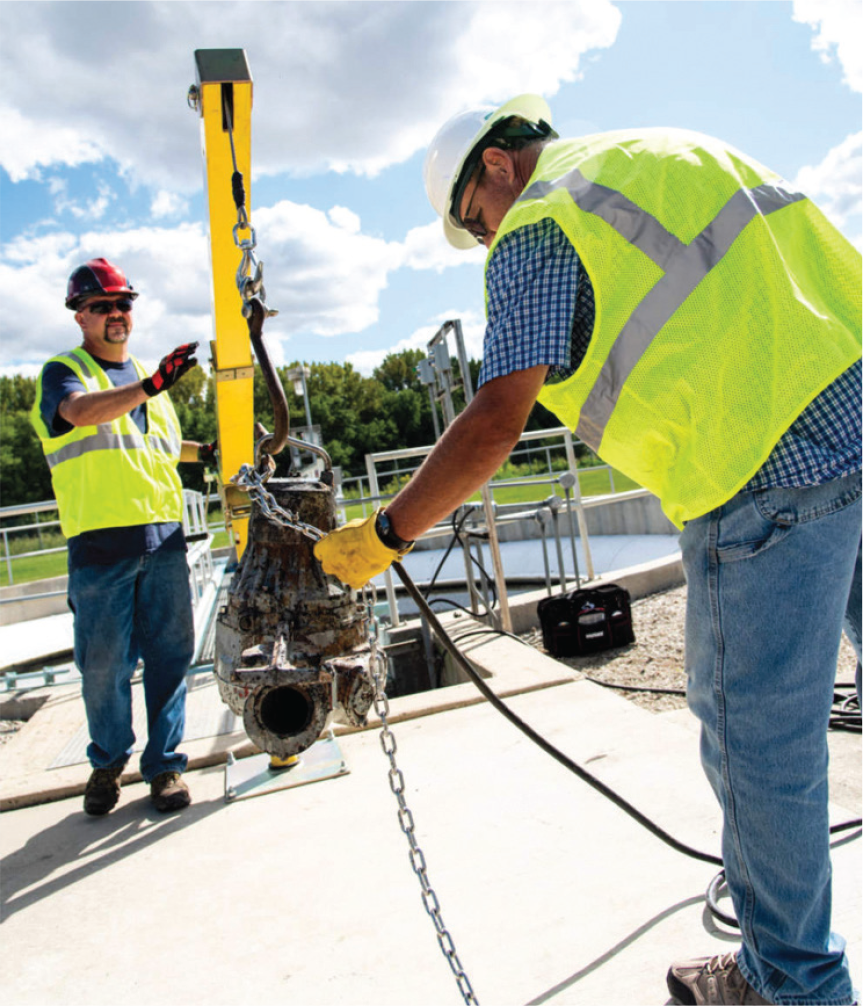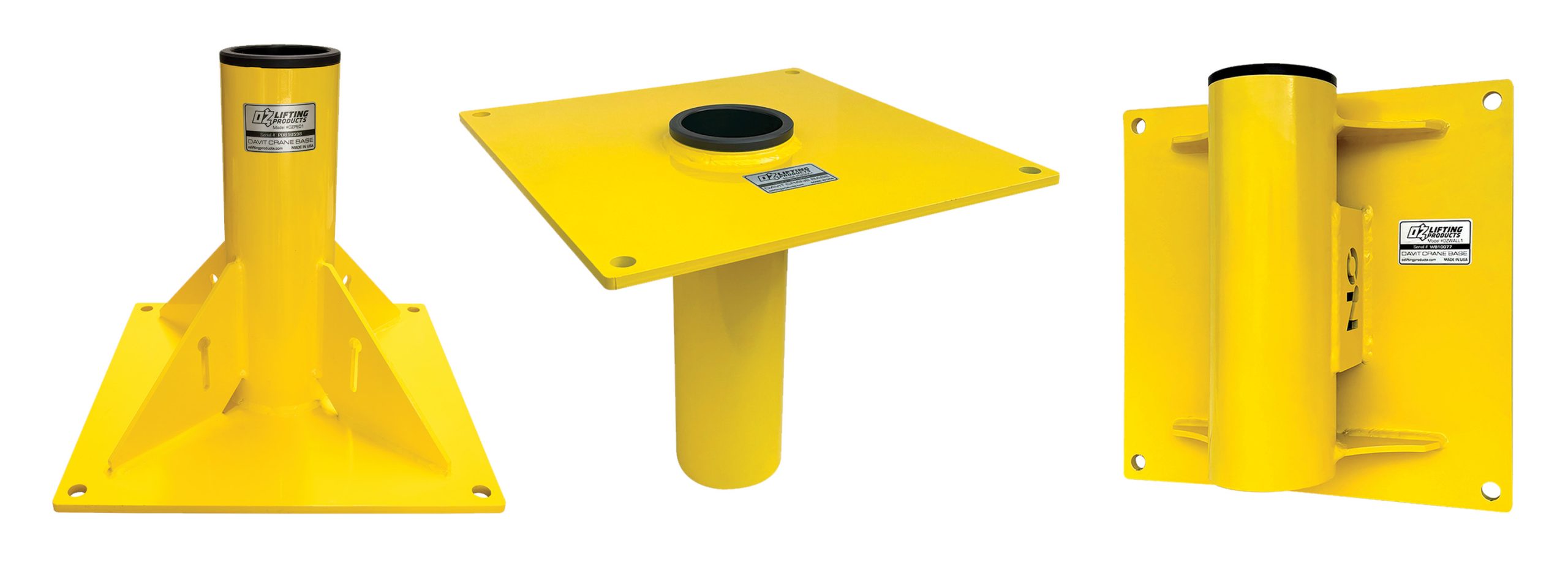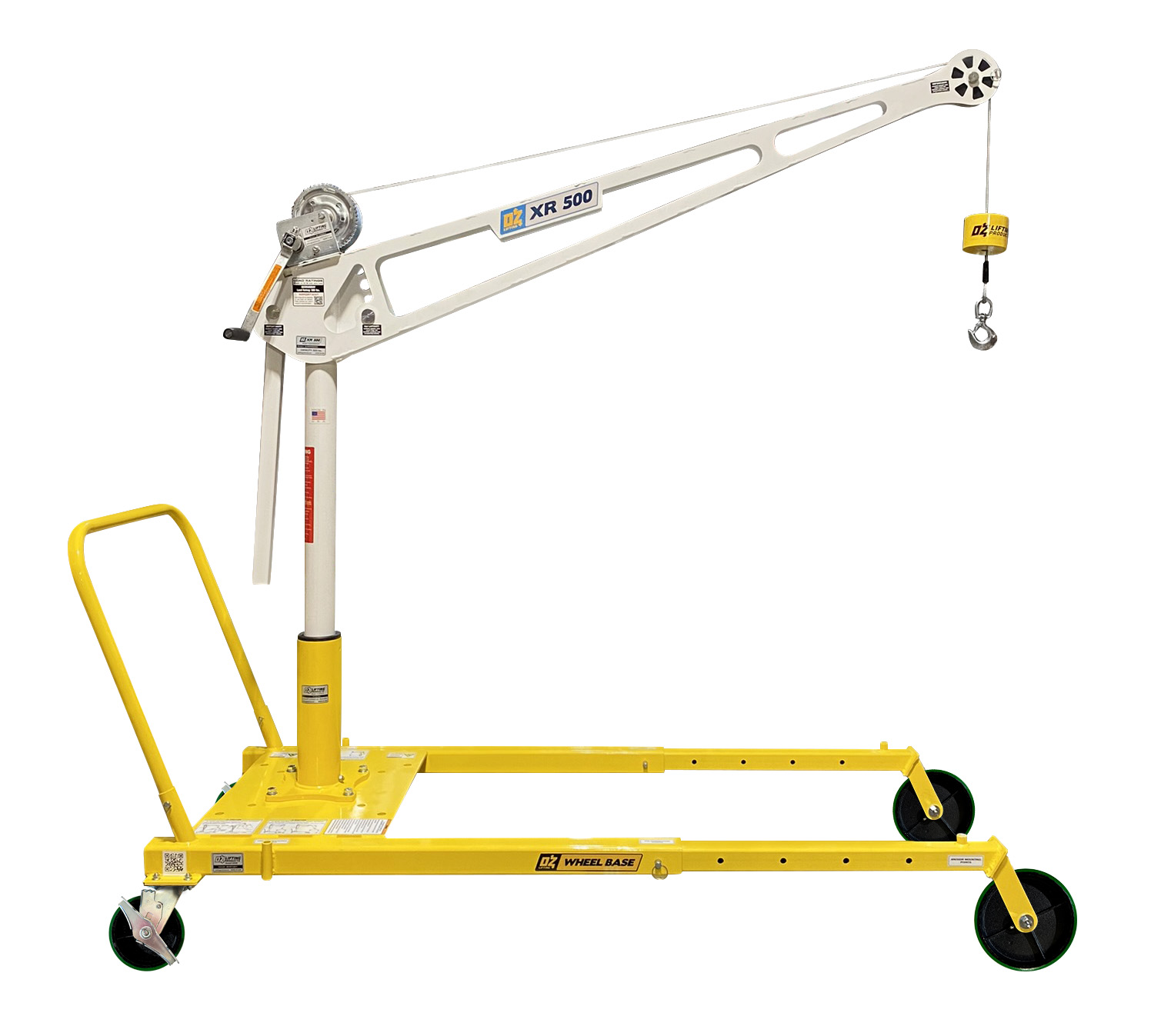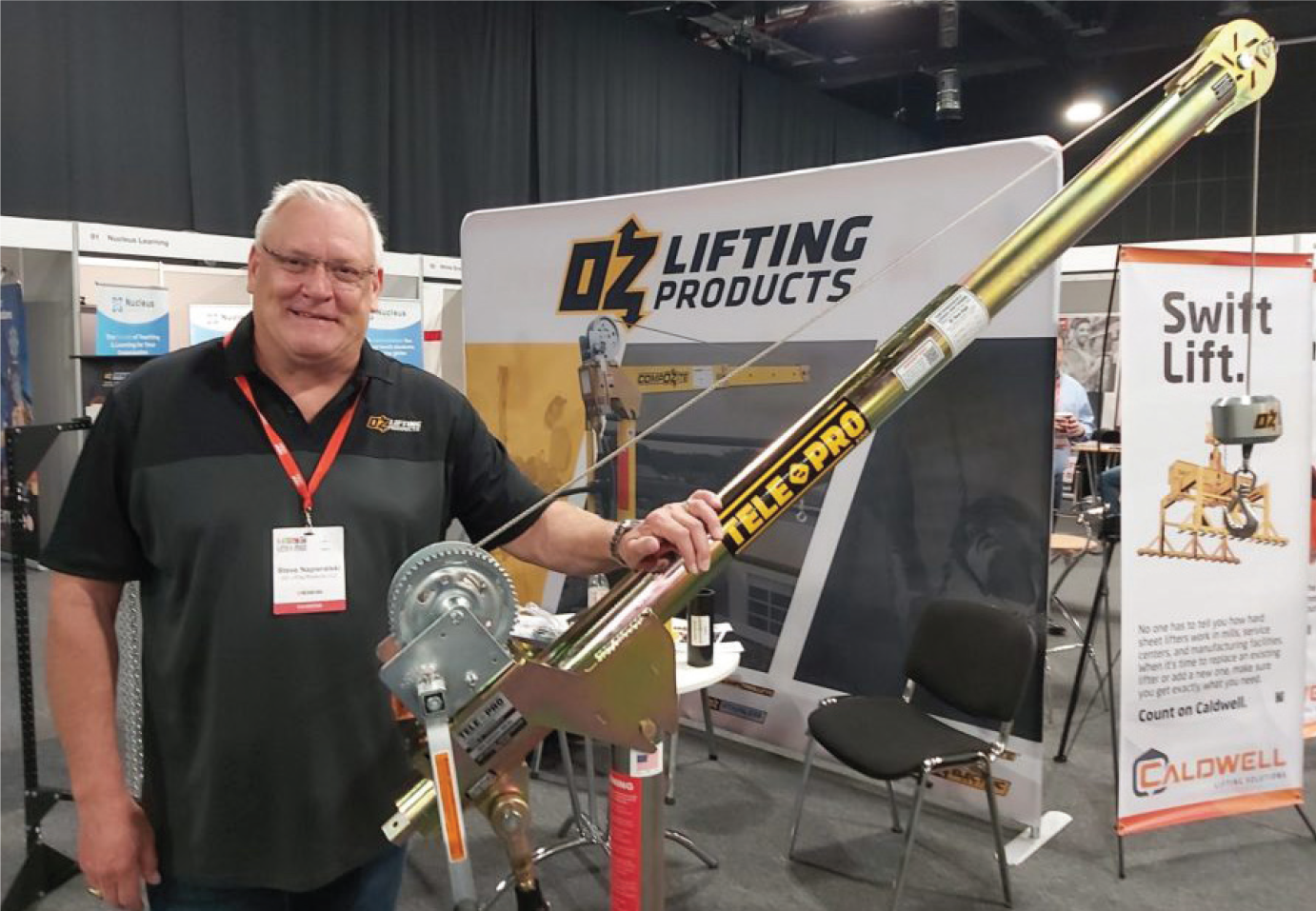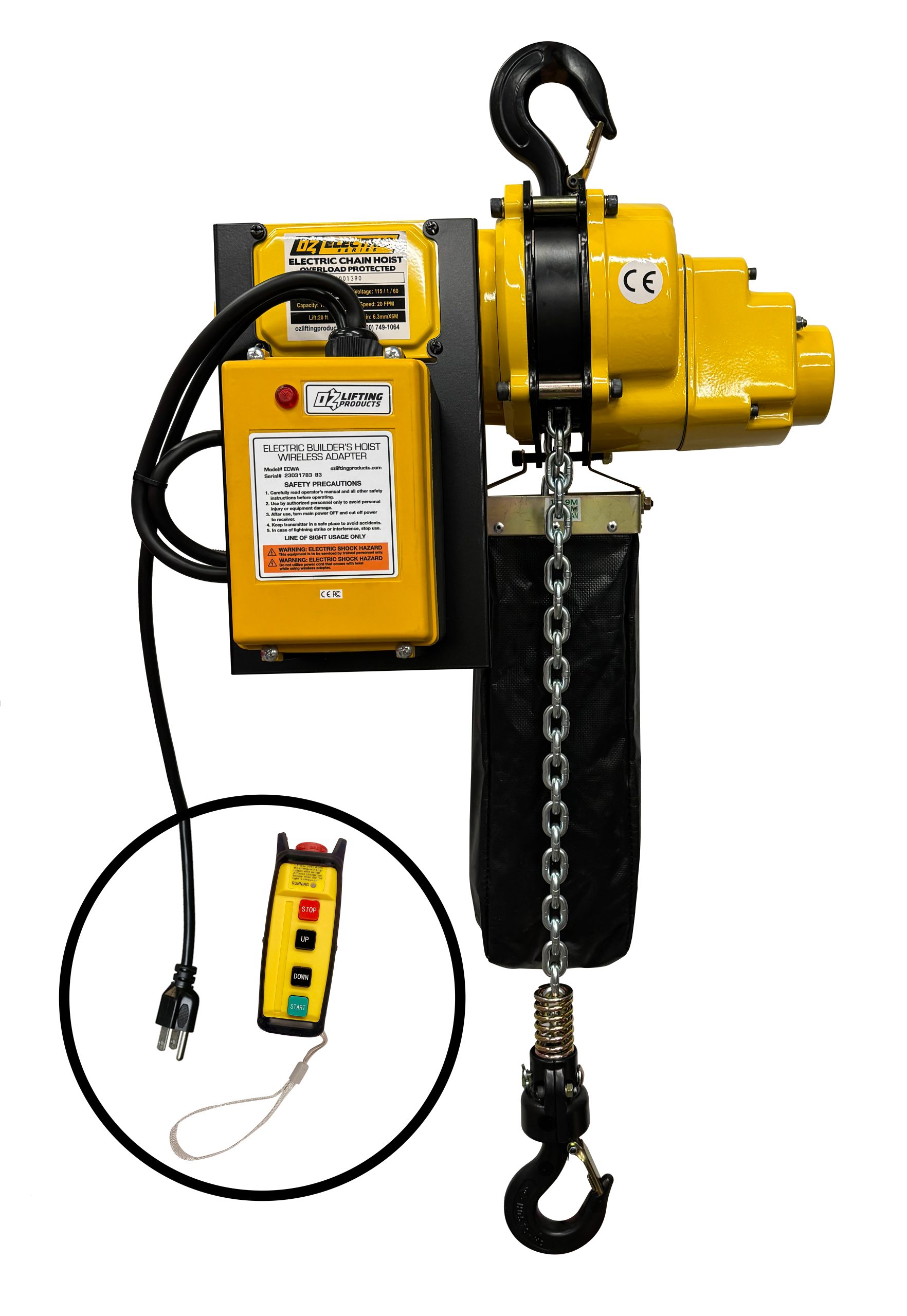
Wireless options are available for both 500 lbs. and 1,000 lbs. capacity builder’s (wire rope) hoists.
OZ Lifting Products is offering wireless options for its electric chain hoist and builder’s (wire rope) hoist.
The hoists can be ordered as a kit with a wireless adapter included, while the adapter can be purchased separately for anyone who already owns a hoist. The range remains available as a base unit with a corded pendant.
OZ offers the electric chain hoist in 500 lbs, 1,000 lbs., 2,000 lbs., and 4,000 lbs. capacities; and the builder’s hoist in 500 lbs. and 1,000 lbs. capacities.
Both wireless options are available for all models, apart from the lightest electric chain hoist. Wireless versions of the builder’s hoist have been available in the past, but this is the first time the electric chain hoist can be used with these options.
“The wireless options give the user greater flexibility, without the limitation of where the hoists can be operated. We have offered other wirelessly controlled hoists in the past and have always had success with them. We feel that both of these styles of hoist will be popular with a wireless option,” said Richard Miller, sales manager, OZ Lifting.
The compatibility of the adapters, which don’t add any significant weight to the hoist upon which they are attached, will depend on the serial number of the user’s hoist. The adapters offer 250 ft. line-of-sight range.
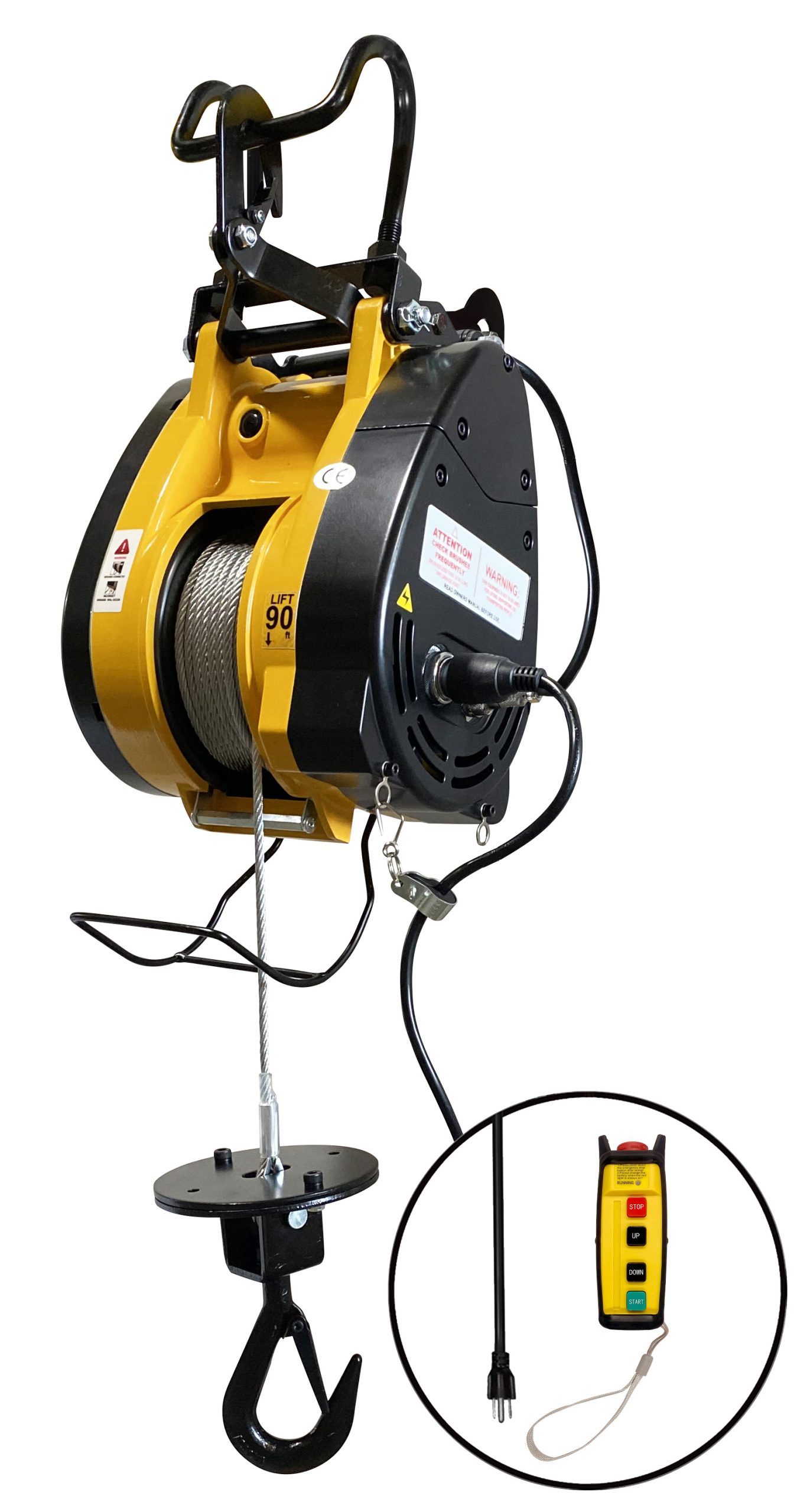
“Wireless use is favorable when the operator is trying to operate the hoist from a longer distance away or in an area where it is hard to run a traditional, wired pendant [you can only use one or the other]. The wireless option gives the user more flexibility and freedom while making the lift, whether they are sourcing a new lifting product or buying an adapter to fit to an existing hoist. The plug-and-play adapters can be installed in minutes; there is no wiring,” added Miller.
Already popular among dealers and end users alike, the electric chain hoist offers overload protection; a high-performance friction clutch is integrated with the load brake, designed to prevent overloading the hoist.
A forged carbon steel load hook boasts a heavy-duty latch, while the bottom hook features a thrust bearing to allow 360-degree rotation to prevent twisting of the load chain; the top hook is rigid. A load sheave provides better distribution of the load and smooth lifting with reduced vibration and wear; and precision machined gears are heat treated for strength and durability.
The electric builder’s hoist, meanwhile, is lightweight and compact for convenient mounting. A dynamic and mechanical brake provides instant and safe braking, and upper and lower limit switches provide additional safety. Galvanized wire rope with a 360-degree weighted hook includes a safety latch, while other features include quick release pendant and power cords; and the ability to operate on standard domestic power supply.
Wireless versions and adapters for the electric chain hoist and builder’s hoist are in stock and ready to ship.
